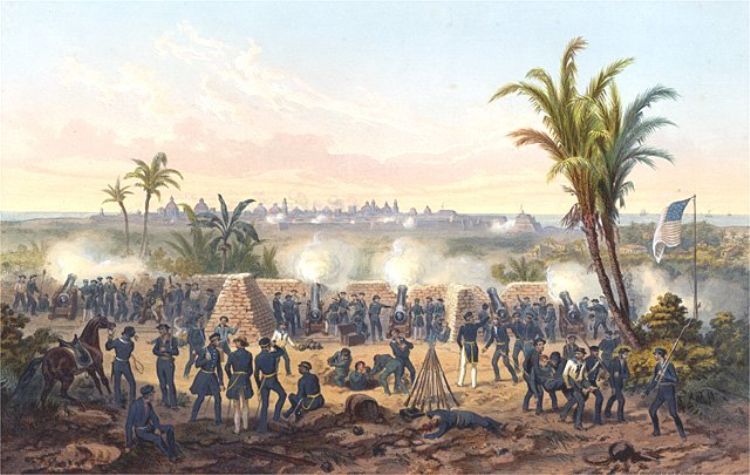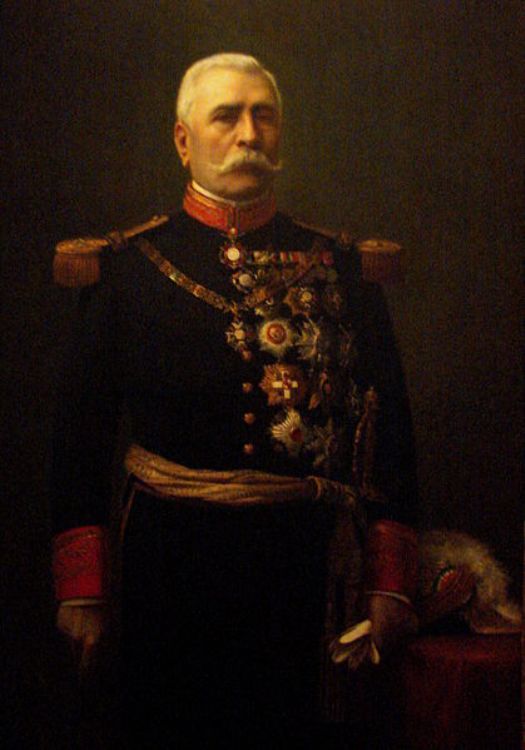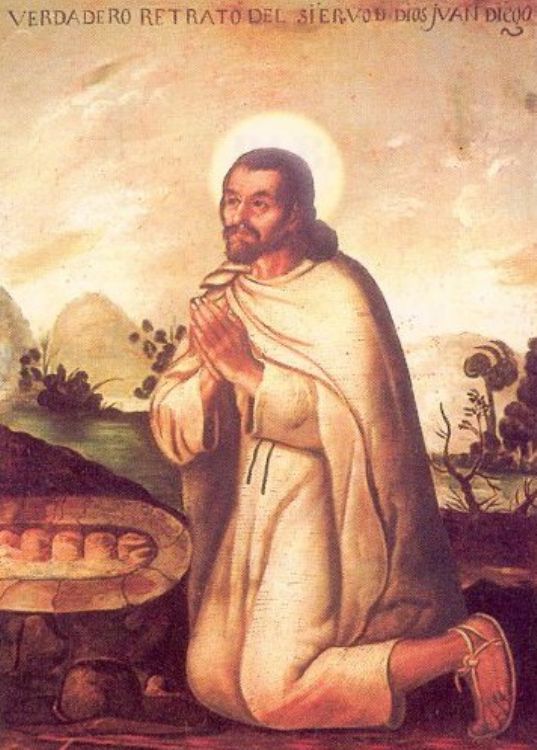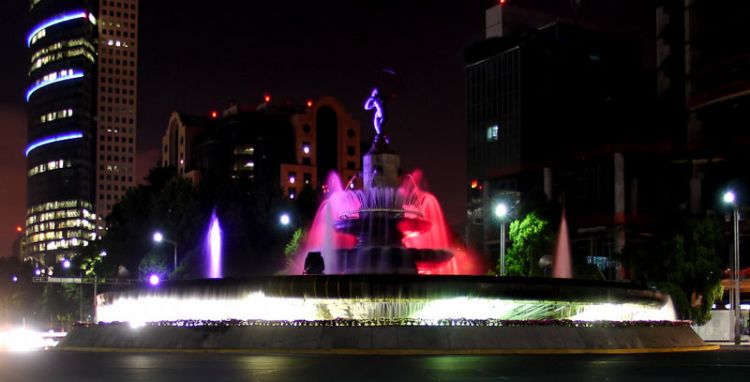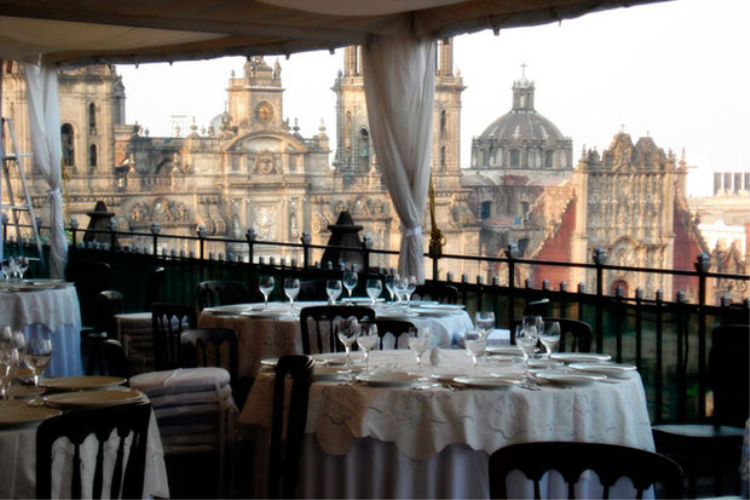Travel Route to Chiapas
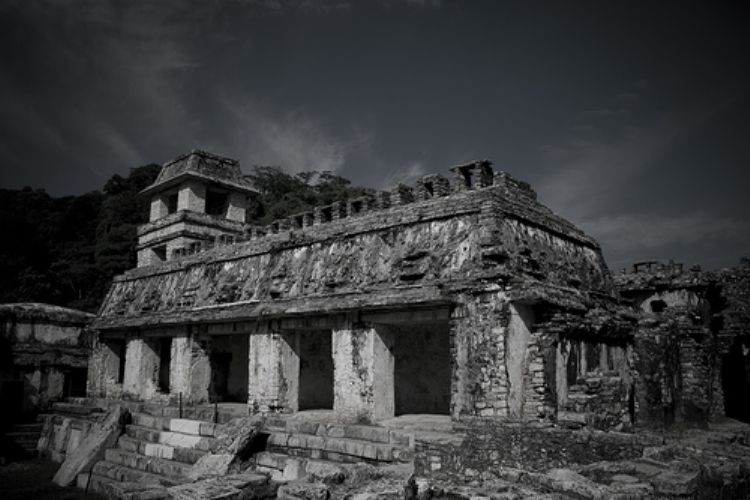
Day 1: Palenque
One of the best ways to begin this magical journey is to reach Palenque by way of Villahermosa, Tabasco, on highway 186 toward the city of Escarcega in Campeche. At kilometer 114 you must take the detour to the municipality of Palenque. We also recommend taking a flight to the airport of Tuxtla Gutiérrez in Chiapas, from where you can board another flight to Palenque.
Visiting Palenque means submerging in the tropical jungle of surprising temples and buildings dating from the Classic Period (400-700 d.C). Its most important constructions are The Palace, outstanding for its great tower, the Temples of the Sun, of the Cross and of the Foliage Cross, surround the Sun Plaza and the mysterious Temple of the Inscriptions, constructed by King Pakal as his own sacred tomb. Palenque National Park is host to exotic birds and mammals, including jaguars and howling monkeys, over more than 1,700 hectares.
In order to best carry out this route we recommend staying at a hotel in Palenque for the first four nights, visiting the next three places only by day and sleeping in Palenque. Some of the best hotels in Palenque are:
Hotel Chan Kah, very close to the entrance of the Archeological Area. It has a stream running next to charming rooms and crossing the beautiful gardens of its 73 cozy bedrooms constructed with stones and decorated in a rustic style.
Hotel Nututun is submerged in an environment with a rich flora and fauna. It offers its guests an area for camping and natural water springs. Its excellent location is only five minutes away from Palenque Archaeological Area and very near the Agua Azul Waterfalls.
Hotel La Aldea Halach offers close contact with nature. This unparalleled hotel has an excellent location just a few feet away from the archeological area of Palenque and also provides lodging in a completely natural ambiance. Come in close contact with nature and feel the climate of this extraordinary region.
Hotel Misión Palenque its spa offers Temazcal treatment, a prehispanic tradition providing therapeutic and beauty benefits. It is found only 62 kilometers from the wonderful Agua Azul waterfalls, amid an exuberant tropical jungle and only 5 blocks from central park, near the tourist attractions but far from the daily city racket.
Day 2: Agua Azul Waterfalls
Dedicate the next day to Agua Azul Waterfalls, amid the Chiapas jungle. Accessed through Palenque or San Cristobal de las Casas, this is where the Agua Azul River merges with Tulija River and flows into the Usumascinta River. You can swim, camp, practice rafting and is also a very popular place for hikers, bird watchers, painters and photographers.
Day 3: Bonampak
The next stop on this tour is Bonampak, a small Mayan city located in the State of Chiapas. This site has many buildings and is famous for the frescos that still preserve their bright and clear colors. The area open to the public is the Main Plaza, where the Acropolis and Temple of the Murals is found, with colorful frescos representing the governorsâ lives. They are the best preserved in all Mayan territory, indicating human sacrifices were practiced here long before the Toltec arrived. These ruins are difficult to access, for which we recommend taking an organized tour.
Day 4: Yaxchilán
This city is lost in the Lacandona Jungle and originated two thousand years ago, becoming the most beautiful and powerful in the Usumascinta Basin. In order to access Yaxchilán you first need to arrive at Frontera Corozal through Carretera Fronteriza del Sur, coming from Palenque, from where you take a one hour boat ride on the Usumascinta River, the most plentiful in Mexico and the longest in Central America. You can also reach Yaxchilán by air in private light aircrafts departing from Tuxtla Gutiérrez, Palenque, Ocosingo and Comitán de Domínguez. The extraordinary archeological site of Yaxchilan has temples from which you can awe at the panoramic view of the imposing jungle.
Day 5: San Cristóbal de las Casas
San Cristóbal de las Casas is located in the middle of the State of Chiapas, 85 kilometers to the east of Tuxtla Gutierrez, the State capital. This city is one of the most beautiful in Mexico for its harmonious urban composition and imposing religious buildings such as the Cathedral or Temple of Santo Domingo. You can also see exotic collections of crafts and prehispanic pieces safeguarded in institutions of great anthropological and philanthropic tradition such as Museo Na Bolom and Centro Cultural de los Altos de Chiapas.
Hotel Parador San Juan de Dios is an extraordinary estate from the XVII century formerly dedicated to wheat harvesting. It still preserves an elegant architectural style, with fine works of art, tapestries and even chimneys in every room. Guests can enjoy horse back riding and an exceptional museum of sacred art that gathers a regal art collection from the XVI to XIX centuries where you can enjoy paintings, sculptures and gold work, as well as works by outstanding European and Mexican artists plus painters from Chiapasâ colonial era.
Hotel Casa Mexicana is located downtown San Cristóbal city, where you can enjoy a great variety of stores and places for entertainment. This hotel is famous for its beautiful gardens and crafts.
Day 6: Montebello Lagoons
On the sixth day of this magical trip visit Montebello Lagoons National Park, 150 kilometers to the southeast of San Cristobal. You will be able to enjoy a set of more than 60 splendid lagoons and cenotes in turquoise colors, submerged within woody forests. Guests usually enjoy horse back riding, hiking and cycling.
Day 7: Tuxtla Gutiérrez
On the seventh and eight days, we recommend you spend the nights at Tuxtla Gutiérrez, the capital of the State of Chiapas, 85 Km. to the east of San Cristóbal de las Casas. At this city you can admire the architecture of its most important historical buildings surrounding the Civic Plaza, such as San Marcos Cathedral and the former Government Palace. You will also find important museums such as Chiapas Regional Museum and the Eliseo Palacios Museum of Paleontology, showing this Stateâs past and the natural wealth of its surroundings, where the Ocote Reserve, Faustino Miranda Botanical Garden and Miguel Alvarez del Toro Zoo are found, with extraordinary samples of the rich biodiversity preserved at the Chiapas Jungle.
Nearby you will find the town of Chiapa de Corzo with archeological ruins of a Mayan ceremonial center. From here you can start the tour through the impressive geological formation of Sumidero Canyon, one of the most impressive natural attractions in the country.
Day 8: Sumidero Canyon
You can reach Sumidero Canyon Natural Park by car through the Tuxtla Gutierrez highway or by bus departing from the Anthropology museum of Tuxtla Gutierrez. Once you reach the canyon, you can take a boat ride, the best option to admire the Chiapas Jungle, the different water birds that gladden the surroundings and reach the areas for camping and picnics.
Artículo Producido por el Equipo Editorial Explorando México.
Copyright Explorando México, Todos los Derechos Reservados.
Foto: Jcbmac

